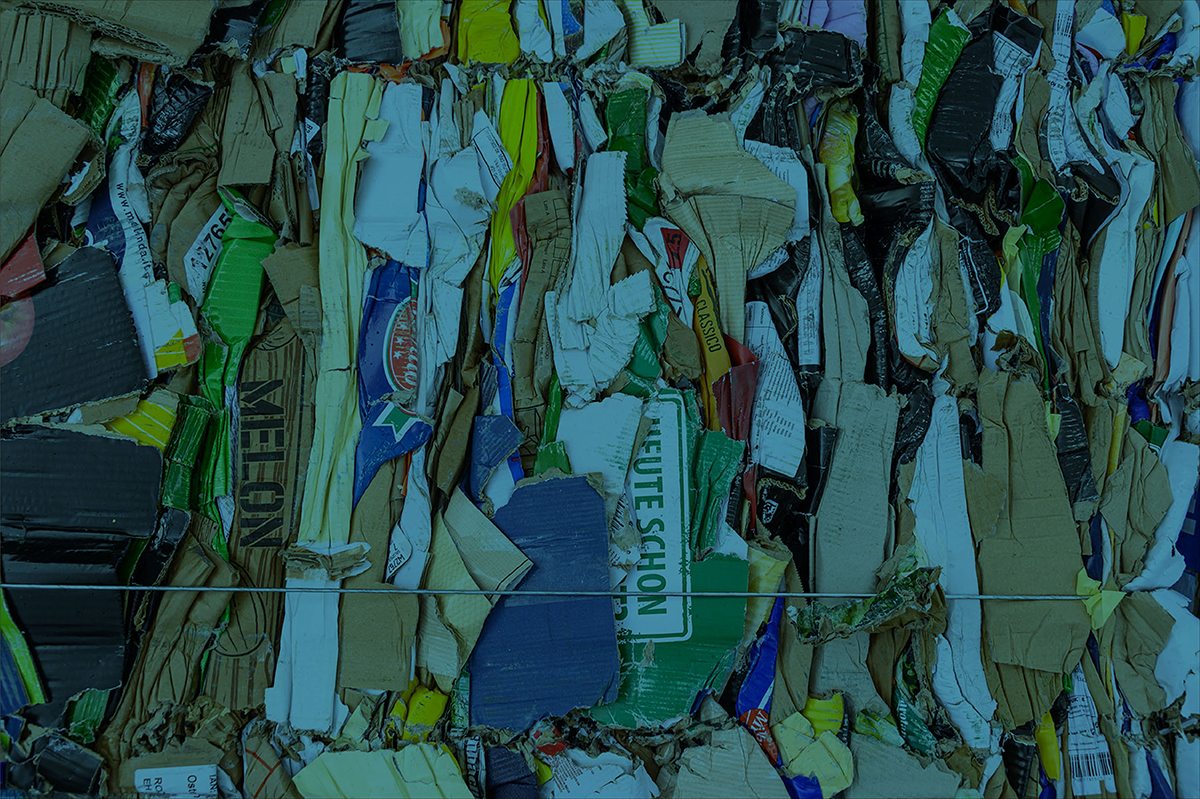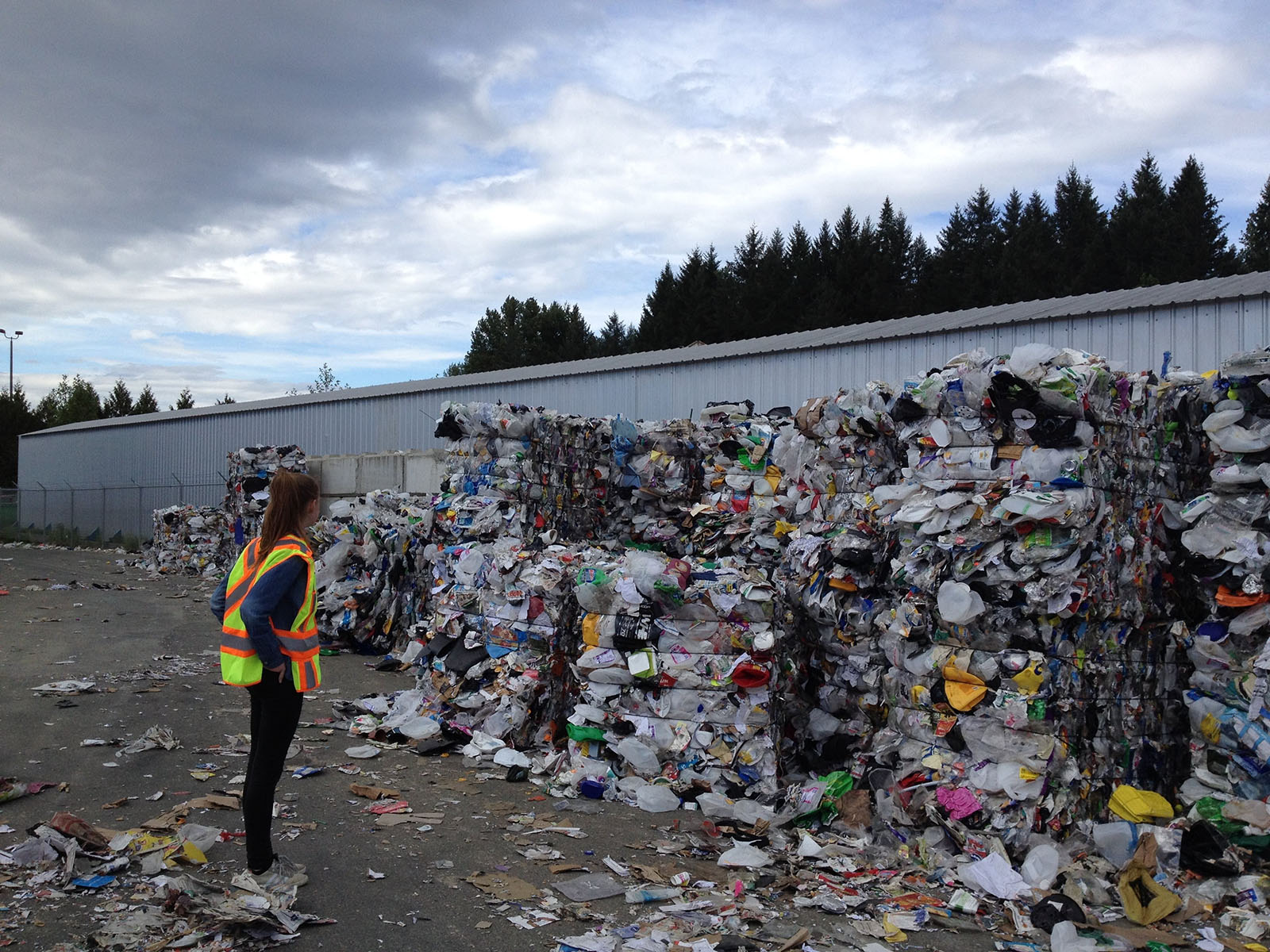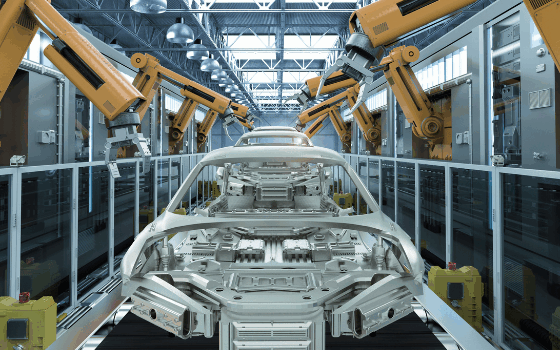
From waste to raw material: challenges & opportunities for Austria in the field of circular economy
The European Regulations:
The European Green Deal includes a wide range of measures and initiatives to lead the European economy into a low-carbon future. The focus is on energy, transport, agriculture, biodiversity, the circular economy and research. The concrete implementation of the individual measures will take place in the course of the coming years. For example, the EU Parliament recently agreed on a reform to strengthen the EU Energy Efficiency Directive. This includes the legal anchoring of the principle of “energy efficiency first” and requires countries to take energy efficiency into account in their policies and planning. Complementing the EU Green Deal, the Circular Economy Action Plan was published in March 2020. The plan includes a total of 54 measures to create a framework for the introduction of circular economy systems. The focus is on the sustainable development of the EU’s central value chains, as well as waste management and the secondary raw materials market.
Necessary steps to comply with EU regulations in the Circular Economy Action Plan
Numerous changes are required to comply with the EU regulations. On the one hand, the re-use and recycling chains are created through the development of know-how, and on the other hand, through the development and subsequent operation and maintenance of the necessary facilities. In order to close the value-added cycle and drive it forward locally, the following points must be fulfilled:
- Infrastructure: provision of area-wide collection systems with increased capacities and construction of facilities that can technologically cover and optimise the sorting process of collected materials.
- Technological innovations: Development of technological innovations with the help of a network of technology and research partners, for which corresponding investments must be made.
- New business models: Designing new business structures with a focus on achieving recycling rates and establishing recycling companies that buy up recyclable and reusable materials.
- Contribution of the individual: Changing the behaviour of the individual and creating collection awareness among households, among other things by means of obligatory measures.
In addition to the need for a necessary infrastructure consisting of collection systems, sorting facilities and logistics systems, technological innovations and advances are crucial, for which the necessary investments must also be made. Individuals and their behavioural patterns will also play an important role, and public authorities will have to make a contribution by taking measures.

The situation in Austria
Austria has set ambitious targets for waste reduction and the promotion of circular economy practices. The country’s waste reduction targets are set out in the National Waste Management Plan, which sets targets for reducing waste generation and increasing recycling and resource reuse. By 2030, Austria aims to reduce total waste generation by 10% compared to 2010 levels and increase the total recycling rate to 65%. The plan also includes specific targets for the reduction of hazardous waste, food waste and packaging waste, as well as other waste streams. In addition to these national targets, Austria has also developed circular economy strategies for various sectors, such as construction, textiles and plastics, which include specific waste reduction targets and initiatives. The country has also introduced a number of measures and policies to support the transition to a circular economy, such as extended producer responsibility schemes, waste prevention programmes and support for ecological design and sustainable production practices.
What is necessary to establish a functioning cycle?
The implementation of the regulations in Austria is on the right track. But what is needed to successfully implement a circular economy?
- Developing circular economy strategies: It is important that governments, companies and municipalities develop concrete strategies and goals for the transition to a circular economy and implement them.
- Promote circular economy innovations: Governments can promote research and development in the field of circular economy by providing funding programmes for companies that develop innovative circular economy projects.
- Strengthening collaboration between stakeholders: Governments, businesses and communities should work together to promote a circular economy. This can be achieved by creating networks, platforms and partnerships.
- Establishing incentives and rewards: Governments can create incentives for companies that implement circular economy practices. This can take the form of tax breaks, support programmes or other financial incentives.
- Awareness raising and education: It is important to inform the public about the benefits of a circular economy and to raise awareness of the importance of waste prevention and recycling.
- Promote circular economy initiatives in the value chain: Companies should integrate circular economy practices throughout their value chain, from the sourcing of raw materials to the recycling of products at the end of their life cycle.
These recommendations for action help to promote and accelerate the shift to a circular economy. A circular economy can not only provide environmental benefits, but also contribute to economic growth, job opportunities and social justice.
Our team of experts on the Circular Economy:

Jennifer Duhs
Senior Manager

Michael Weingärtner
Associate Partner





 ISO/IEC 27001:2013 certified
ISO/IEC 27001:2013 certified